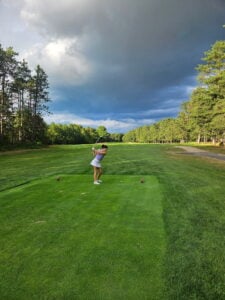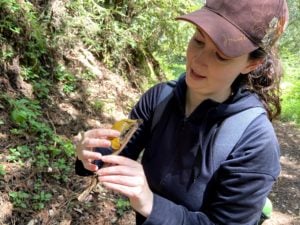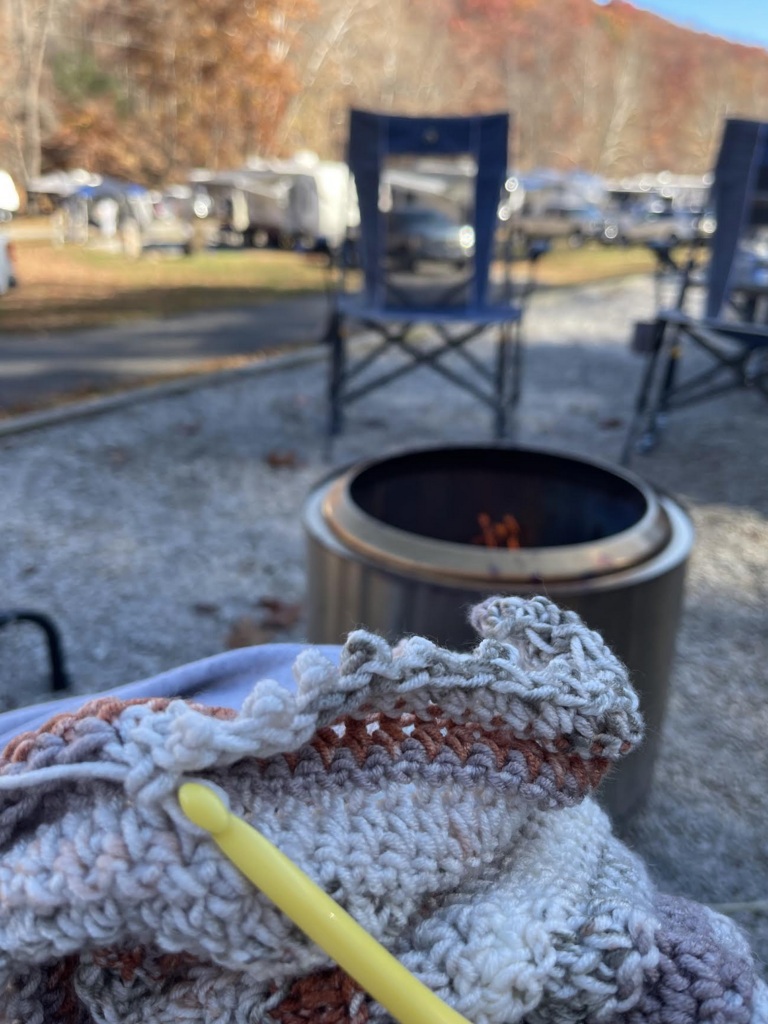Have you ever noticed your child struggling to sit still or having difficulty with coordination during play? These challenges are often linked to your child’s reflexes and can be addressed with pediatric occupational therapy.
I’m Jennifer Davis, an occupational therapist at Joy and Laughter Developmental Therapy. Today, I’d like to talk about primitive reflexes, their importance, and how they can impact a child’s play, education, and attention.
What Are Primitive Reflexes?
Primitive reflexes are automatic responses that children develop in the early years of life that are essential for their survival. They help newborns with essential functions like how to eat, how to protect themselves, and how to develop some of their motor skills. But when these reflexes don’t integrate and go away, as the child gets older, it can produce challenges for them as they continue to grow.
Some examples of primitive reflexes that are super helpful for children include the rooting reflex, grasp reflex, and startle reflex. These are very important for small children, but can be negatively impactful for children who are older and trying to learn how to play.
Why Do Reflexes Need to Integrate?
As a child matures, these reflexes typically integrate into the nervous system. This allows them to become less prominent and allows the child to control their movements more voluntarily. However, if the reflexes are not properly integrated, it could lead to challenges in various areas of development.
When primitive reflexes persist beyond infancy, they can have a significant impact on the child’s ability to learn and engage. Children may experience difficulties with attention, coordination and social interactions. Unintegrated reflexes can manifest as challenges and focus maintaining impulse control during play and even in processing sensory information.
I’d like to tell you about the three top reflexes that are impacting the child’s attention and play.
1. The Moro Reflex (Startle Reflex)
The Moro reflex, also known as the startle reflex, can be triggered when there’s a sudden loss of support or a loud noise. This will cause the child to throw their arms out and then pull them back in, if not integrated.
This reflex can be associated with anxiety, with movement difficulties, and making it hard for children to focus in the classroom. If a child is having a difficult time moving and they then accidentally get their head put back, it’s going to trigger this reflex, which will be very startling and make it hard to participate in play. So when you have a child who’s struggling with that, that could be part of the problem.
2. The Asymmetric Tonic Neck Reflex (ATNR)
The Asymmetric Tonic Neck Reflex (ATNR) is when a child turns his head to one side, and it causes the arm of that side to go up and the other arm to move into a flex position. This is often known as the “fencer’s pose.” If retained, this can affect a child’s rooting reflex, which is essential for bilateral coordination.
If every time the child turns their head to look at a toy, their arms start to move without their voluntary control, it makes it hard to participate and play with that activity. This can hinder a lot of tasks, including handwriting skills, participation with small objects and general coordination for games and activities of childhood.
3. The Spinal Galant Reflex
The Spinal Galant reflex is triggered when the lower back is stroked, causing the child to arch his back. If retained, this can lead to restlessness and difficulties with sitting still.
Oftentimes, children who aren’t sitting still in their chair aren’t choosing to be antsy. Their reflex for the spinal galant keeps getting triggered, causing them to be restless in their chair. This can be disruptive to learning and interfere with social interactions and playtime. Children might find it hard to concentrate, which makes it easy for them to become distracted and more challenging for their educational experience.
Reach Out to JLD Therapy for Reflex Integration
Primitive reflexes are vital for early development. When they’re present in early adolescence and infancy, they can be a great support for children learning skills. But many of these reflexes, if still present as a child continues to grow, can have a negative impact on a child’s life.
If you’re noticing that your child is having difficulty with any of their primitive reflexes, you should reach out to our occupational therapists at JLD Therapy today. We can help you identify which specific reflexes have not integrated and suggest activities that you can play at home with your child to work on those reflexes.
Jennifer Davis, OT
Jennifer received her Master’s Degree in occupational therapy from San Jose State University, after double majoring in occupational therapy and psychology for her undergraduate program. Jennifer has been working with special needs children since 2005 both as a therapist and as a respite care worker. She has experience in working with children across the developmental spectrum and from 1-22 years of age.





























































































































